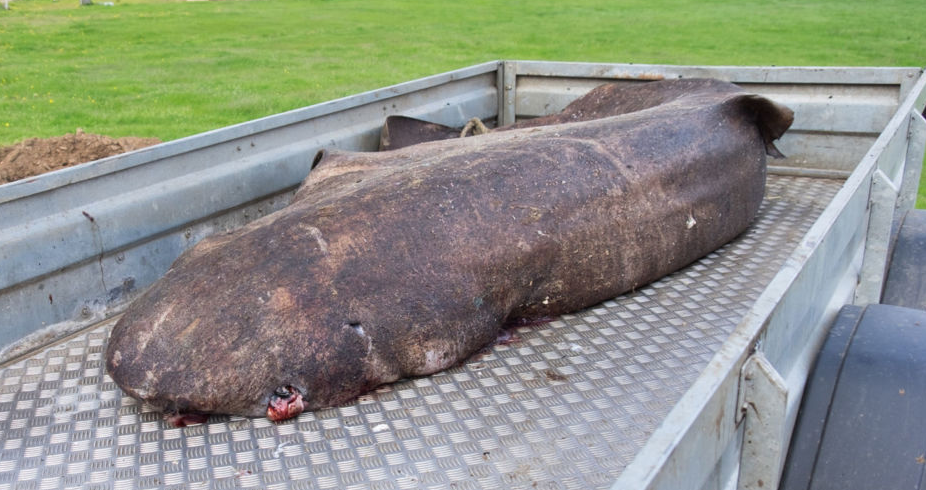The discovery means a shark swimming in the North Atlantic today could have been in the sea in the decade when the Mayflower carried the Pilgrim Fathers to North America.
Researchers used radiocarbon dating to work out the age of 28 of the animals, and found that one female was about 400 years old.
The sharks grow at an incredibly slow rate – about a centimetre a year – and reach sexual maturity at 150.
The shark is widely distributed across the North Atlantic, but their lifespans have been a mystery until now.
Sharks are usually aged by counting the growth layers which build up over the various seasons.
But Greeland sharks don’t have these so the technique cannot be used.
Some 28 female sharks were accidentally caught during a fish and shrimp survey, and scientists analysed each shark’s eye lens nucleus.
The chemical composition of the nucleus allowed the team to work out how old the creatures are.
The study was led by academics from the University of Copenhagen, and the research was published in the Science journal.
Lead author Julius Nielsen said: “We used established radiocarbon methods but combined them in a new way.
“This approach, along with the extraordinary ages for these sharks, makes this study highly unusual.”
They came to the conclusion that the average lifespan of the shark is about 270 years.
Mr Nielsen added: “Greenland sharks are among the largest carnivorous sharks on the planet, and their role as an apex predator in the Arctic ecosystem is totally overlooked.
“By the thousands, they accidentally end up as by-catch across the North Atlantic, and I hope that our studies can help to bring a greater focus on the Greenland shark in the future.”
Read more at: News.sky.com
















